Ancient Egyptians May Have Conducted Cancer Surgery 4,000 Years Ago
Ancient Egyptian cancer surgery, 4,000-year-old skull, medical history, advanced ancient medicine
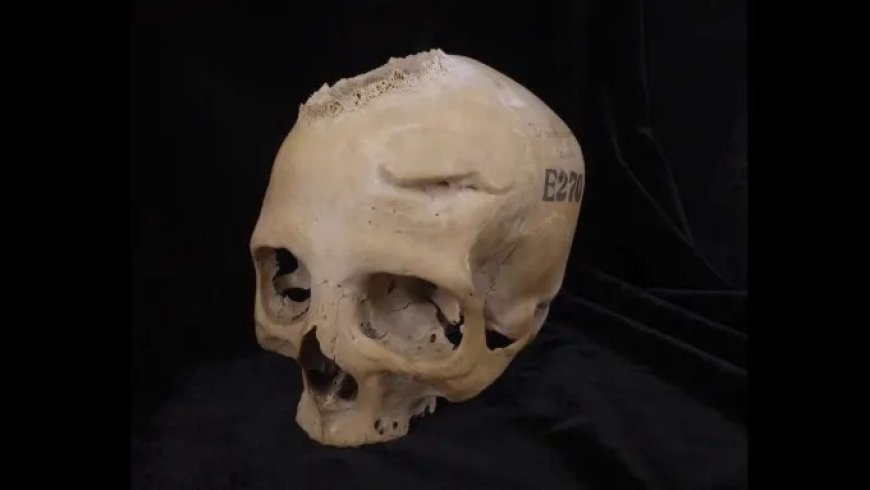
Cancer is often regarded as a disease of the modern age. However, medical texts from ancient Egypt indicate that healers of the time were aware of the condition.
Now, new evidence from a skull more than 4,000 years old has revealed that ancient Egyptian physicians may have tried to treat certain cancers with surgery. The skull, belonging to a man who was about 30 to 35 years old at the time of his death, is part of the Duckworth Laboratory collection at the University of Cambridge in the United Kingdom.
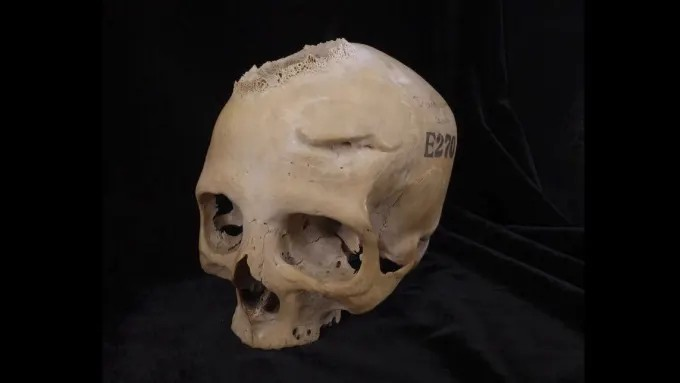
Courtesy Tondini, Isidro, Camarós
Since the mid-19th century, scientists have studied the skull’s scarred surface, including multiple lesions thought to represent bone damage from malignant tumors. Skull 236, dating back to between 2686 BC and 2345 BC, is regarded by archaeologists as one of the oldest examples of malignancy in the ancient world.
When researchers recently examined the tumor scars using a digital microscope and micro-computed tomography (CT) scans, they detected signs of cut marks around the tumors. These marks suggest that sharp metal instruments had been used to remove the growths. The findings were reported in the journal Frontiers in Medicine.
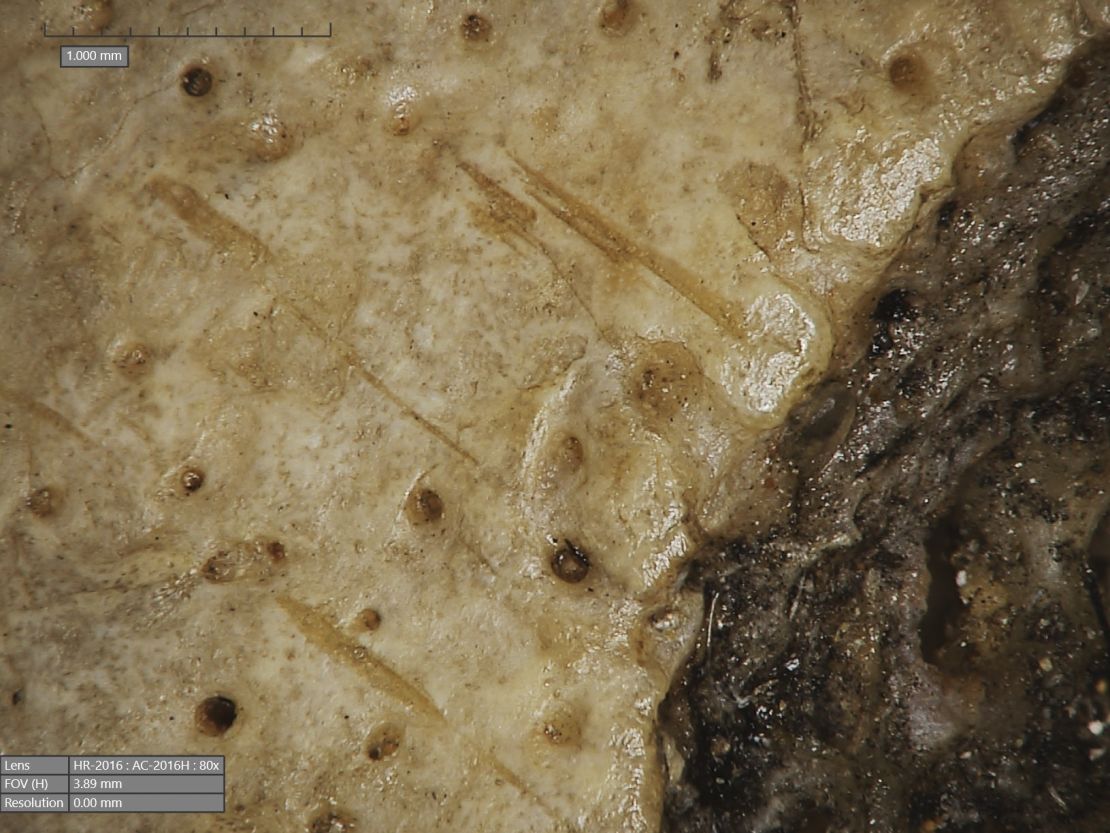
“It was the very first time that humanity was dealing surgically with what we nowadays call cancer,” said senior study author Dr. Edgard Camarós, a professor in the department of history at the University of Santiago de Compostela in Coruña, Spain. However, it remains unclear whether the healers attempted to remove the tumors while the patient was still alive, or if the tumors were removed posthumously for analysis.
“If those cut marks were done with that person alive, we’re talking about some kind of treatment directly related to the cancer,” Dr. Camarós said. But if the cut marks were made posthumously, “it means that this is a medical autopsy exploration in relation to that cancer.” Either way, it’s remarkable that such a surgical intervention was performed.
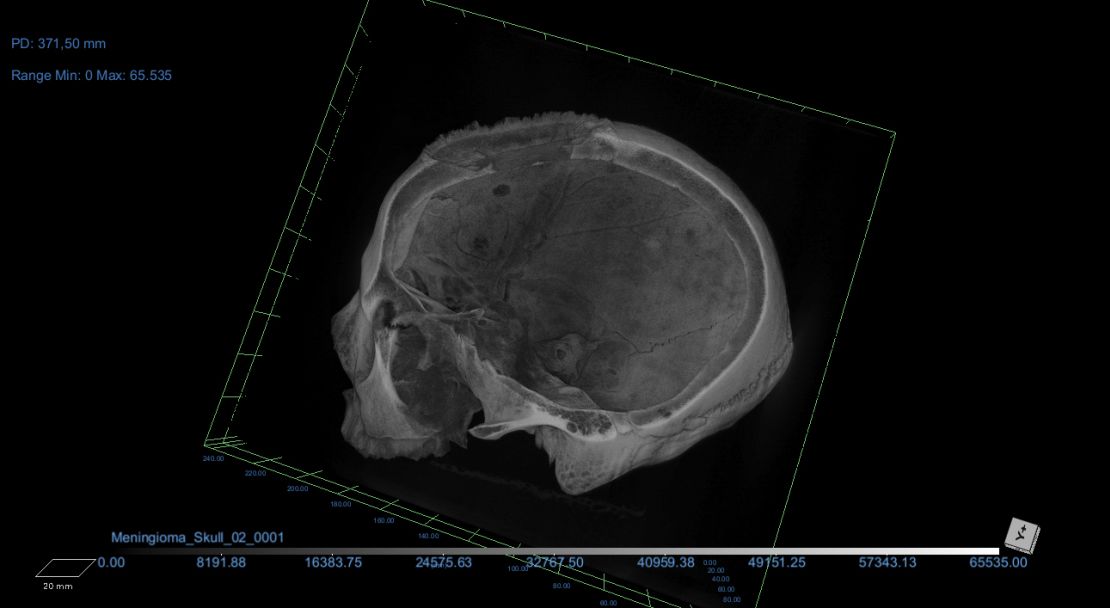
Medical knowledge in ancient Egypt, extensively documented in texts like the Ebers Papyrus and the Kahun Papyrus, was sophisticated. The new findings provide direct evidence of this advanced understanding, said Dr. Ibrahem Badr, an associate professor in the department of restoration and conservation of antiquities at Misr University for Science and Technology in Giza, Egypt.
“We can see that ancient Egyptian medicine was not solely based on herbal remedies like medicine in other ancient civilizations,” Dr. Badr said. “It directly relied on surgical practices.”
While this evidence from antiquity was well-studied during the 19th and 20th centuries, 21st-century technologies are revealing previously unknown details about ancient Egypt’s medical arts, Dr. Badr added.
The research team also found cancer lesions in a second skull from the Duckworth collection. Skull E270, dating from 664 BC to 343 BC, belonged to a woman who was at least 50 years old. Although this skull showed no signs of surgery related to the disease, it did contain long-healed fractures, indicating successful medical intervention for head injuries.
The analysis of both skulls provides new and clear scientific evidence about the pathology and development of medicine among the ancient Egyptians. “There is an urgent need to reevaluate the history of Egyptian medicine using these scientific methodologies,” Dr. Badr said.
Ancient Egyptians’ perception of cancer centered around the visible tumors the disease produced. The earliest recorded observation of cancer is in the Edwin Smith Surgical Papyrus, dating back to around 3000 BC to 2500 BC. While healers were aware of cancer, treating it was challenging. The Edwin Smith papyrus includes no treatment for the described breast cancer case, indicating the limits of their medical knowledge at that time.
However, the incisions around the skull tumors suggest that ancient Egyptian healers were attempting to push these boundaries, either to heal the patient or to understand the disease better.
“We have these two possibilities: in a way that they tried to treat it, or in a way that they tried to medically understand it, in terms of probably treating it in the future,” Dr. Camarós said. “I think that’s a milestone in the history of medicine.”
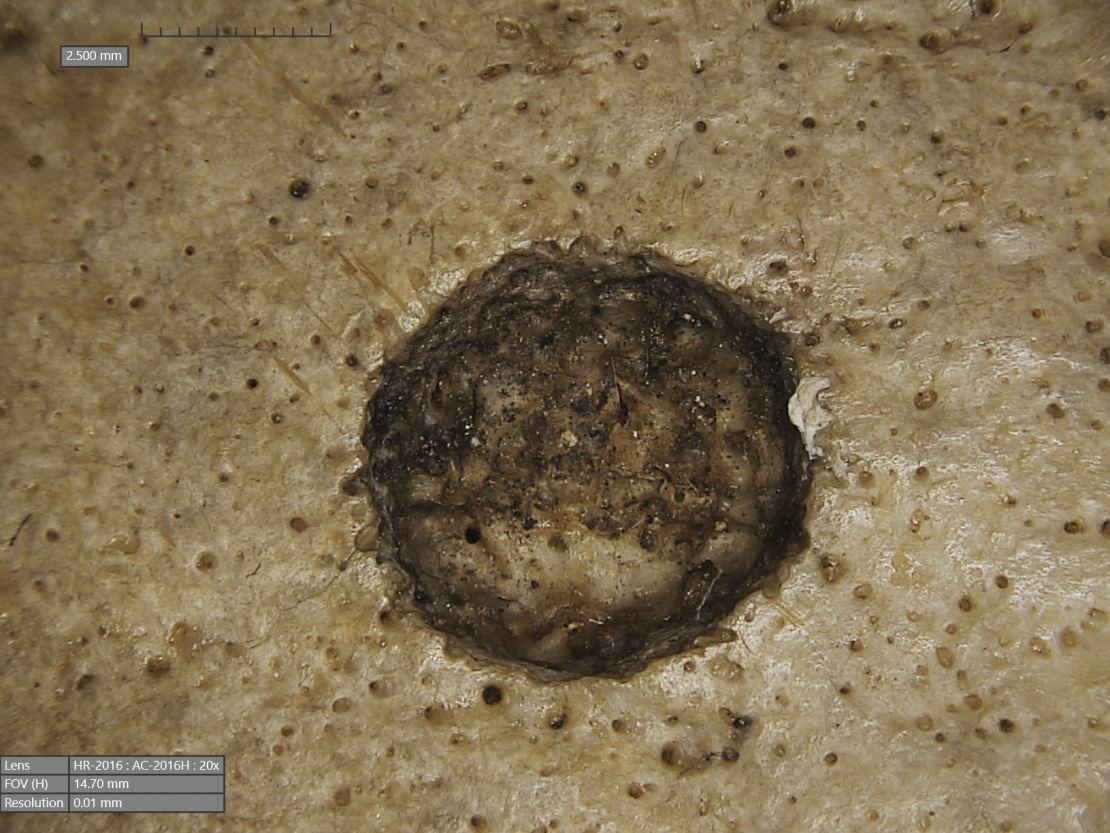
All rights reserved. This material, and other digital content on this website, may not be reproduced, published, broadcast, rewritten or redistributed in whole or in part without prior express written permission from TOP KNOWLEDGE MEDIA.
Contact: toppknowledgemedia@gmail.com
Stay informed and ahead of the curve! Follow The TOP KNOWLEDGE MEDIA on WhatsApp for real-time updates, breaking news, and exclusive content. Don't miss a headline – join now!
Join Top Knowledge Media Channel:
https://whatsapp.com/channel/0029VaEUCpP4NVigCMWy8J22
What's Your Reaction?






































































